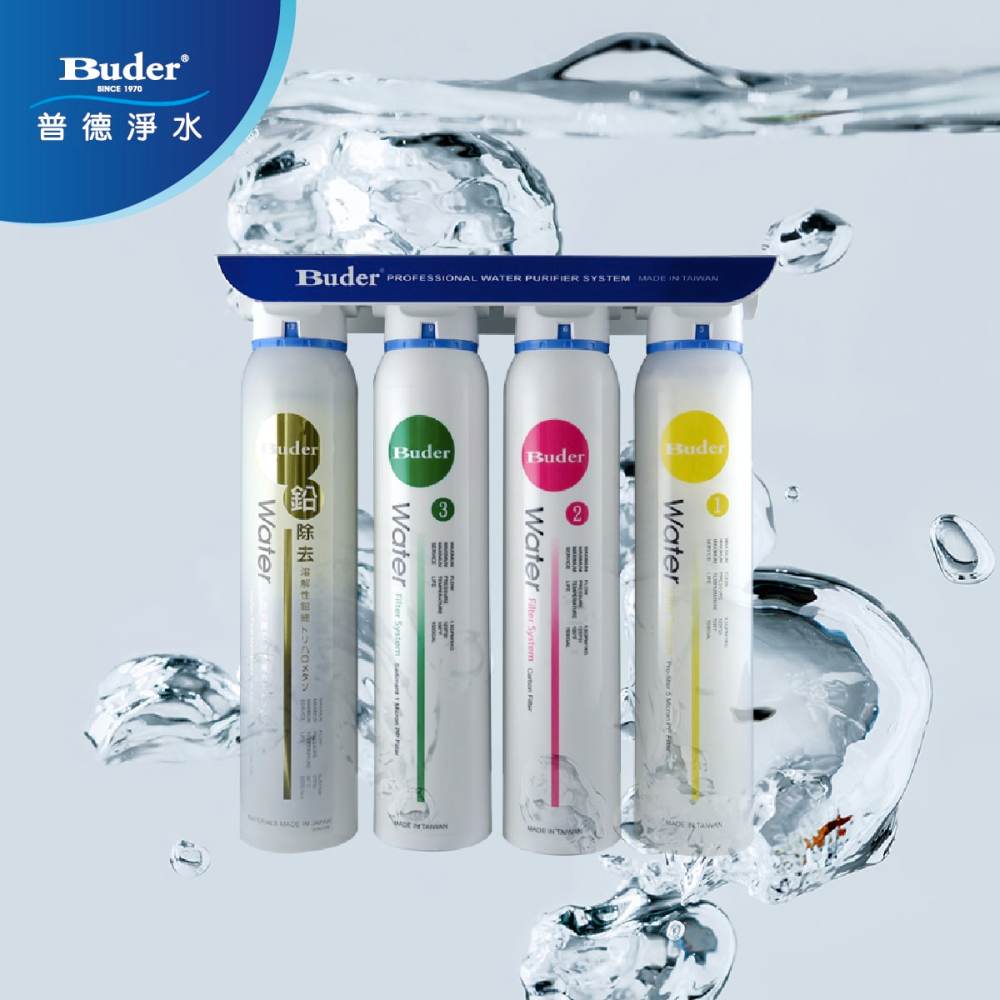In today’s focus on health, have you found a clean drinking water for a healthy you? Home water filtration systems like Reverse Osmosis (RO) and Ultrafiltration (UF) are popular choices. Let’s get started of understanding their differences and making the right choice for your home.
Thinking about cleaner water at home? Two popular options are Reverse Osmosis (RO) and Ultrafiltration (UF). Let’s break them down so you can pick the perfect fit for your family.
Traditional Reverse Osmosis (RO): Super-Clean Water
Imagine a super-fine net catching almost everything, even the tiniest stuff you can’t see! That’s basically how a Traditional Reverse Osmosis (RO) system works. It has a special filter with super tiny holes that trap things as small as 0.0001 microns.
How it works
RO is like a meticulous cleaner, removing Dirt and rust , Chlorine and weird tastes , Dissolved salts, Heavy metals, Tiny bacteria and viruses.
The result
You get water that’s about as pure as it gets. If you’re really concerned about getting the cleanest water possible, RO is a solid choice.
A couple of things to keep in mind
• Wastewater: RO systems use water to flush away the trapped stuff, so there’s some wastewater involved.
• Maintenance: Changing the filters is a bit more involved than other systems.
Quick-Change Ultrafiltration (UF): Easy and Effective
UF is another filtration method that’s known for being user-friendly.
How it works
UF systems also use a membrane, but the holes are a bit bigger (0.01 to 0.1 microns). This means it’s really good at removing Bacteria, Viruses and Sediment.
The result
UF gives you cleaner, safer water. It’s great for improving the water you use every day.
What’s to love about UF
• Easy filter changes: Quick-change systems make swapping out filters super simple like changing a light bulb!
• No wastewater: UF systems don’t need to flush away contaminants, so they don’t produce wastewater.
• Minerals stay in: UF keeps the healthy, natural minerals that give water its taste.
Comparison Table : RO vs. Ultrafiltration
| Feature | Traditional RO System | Quick Change Ultrafiltration (UF) System |
|---|---|---|
| Filtration Method | Reverse Osmosis membrane (0.0001 microns): removes virtually all contaminants, including dissolved salts, heavy metals, chemicals, bacteria, viruses, and sediment. | Ultrafiltration membrane (0.01 – 0.1 microns): removes bacteria, viruses, protozoa, cysts, and larger suspended solids. Does not effectively remove dissolved salts, minerals, or many chemicals. |
| Filter Replacement | Typically involves unscrewing housings, removing old filters, and inserting new ones. Can be a bit messy and may require tools. | Designed for easy and fast filter changes, often with a twist-off/twist-on mechanism. Usually tool-free and mess-free. |
| Maintenance | Generally low maintenance, with filter changes less frequent. | Very convenient filter replacement. Frequency depends on the specific filters and water quality, but often more frequent than RO pre/post filters. |
| Water Waste | Produces wastewater as part of the RO process to flush away removed contaminants. The ratio can be significant. | Generally no wastewater is produced. All water entering the system is filtered. |
| Installation | Can be slightly more involved, often requiring plumbing connections to the cold water line and a drain. | Often designed for easier DIY installation with quick-connect fittings. Drain line is not required. |
| Cost | RO membrane can be a significant replacement cost. | Replacement UF cartridges can generally be less expensive than an RO membrane. |
| Water Quality | Produces highly purified water with a significant reduction in Total Dissolved Solids (TDS). Can alter the taste by removing natural minerals. | Produces water with retained natural minerals and a better natural taste. Effectively removes microbiological contaminants and larger particles but doesn’t change TDS. |
| Storage Tank | Often includes a storage tank to provide a readily available supply of purified water due to the slower RO process. | Often operates on demand due to the faster flow rate of UF. |
| Mineral Retention | Removes most minerals | Retains natural minerals |
| Flow Rate | Typically slower due to the RO process, hence the need for a storage tank. | Generally faster flow rate, often suitable for on-demand use. |
RO or UF: Which is right for you?
- Choose a Traditional RO System if: Your primary concern is removing a very wide range of contaminants, including dissolved salts, heavy metals, and achieving the highest level of water purity, even if it means wastewater and a slightly more involved maintenance process.
- Choose a Quick Change Ultrafiltration (UF) System if: Your main goal is to remove bacteria, viruses, and sediment while retaining beneficial minerals for better taste, and you prioritize the convenience of easy filter changes and zero wastewater. UF is a good option for water sources that are already relatively low in dissolved solids.
Buder Taiwan: Your Choice for Pure Water
Whether you prioritize ultimate purity with Reverse Osmosis (RO) or natural filtration with Ultrafiltration (UF), Buder offers premium water systems proudly Made in Taiwan to meet your needs. Our commitment to quality Taiwanese manufacturing ensures reliable performance and exceptional water. Explore our range of RO and UF systems and discover the perfect solution for your home or business.


